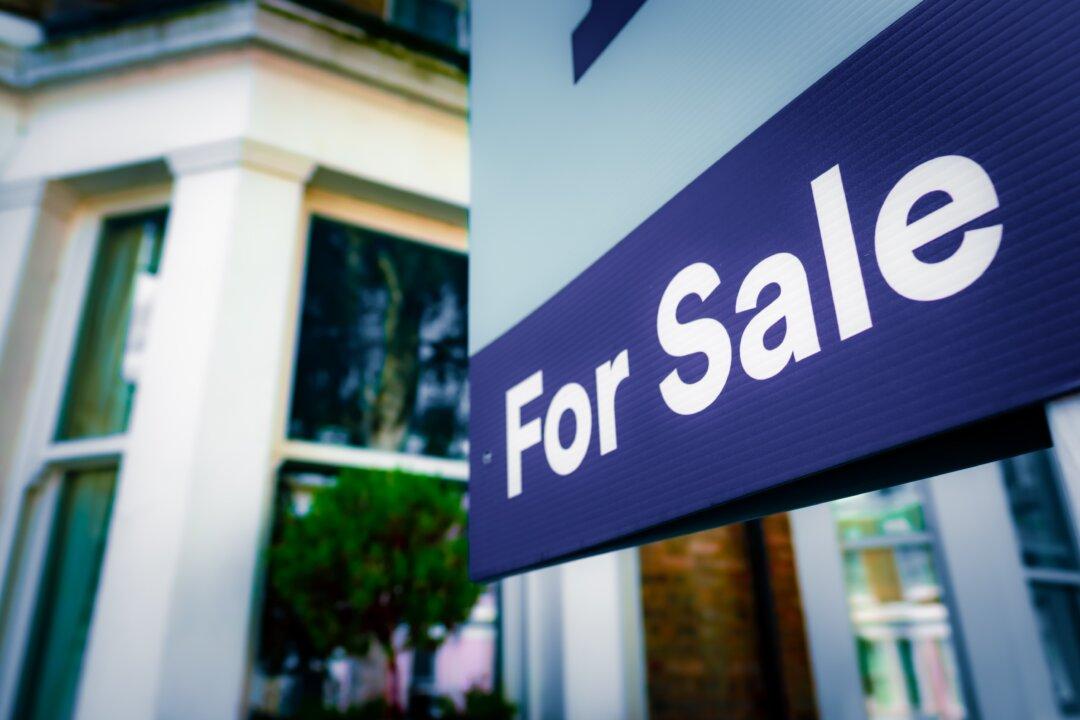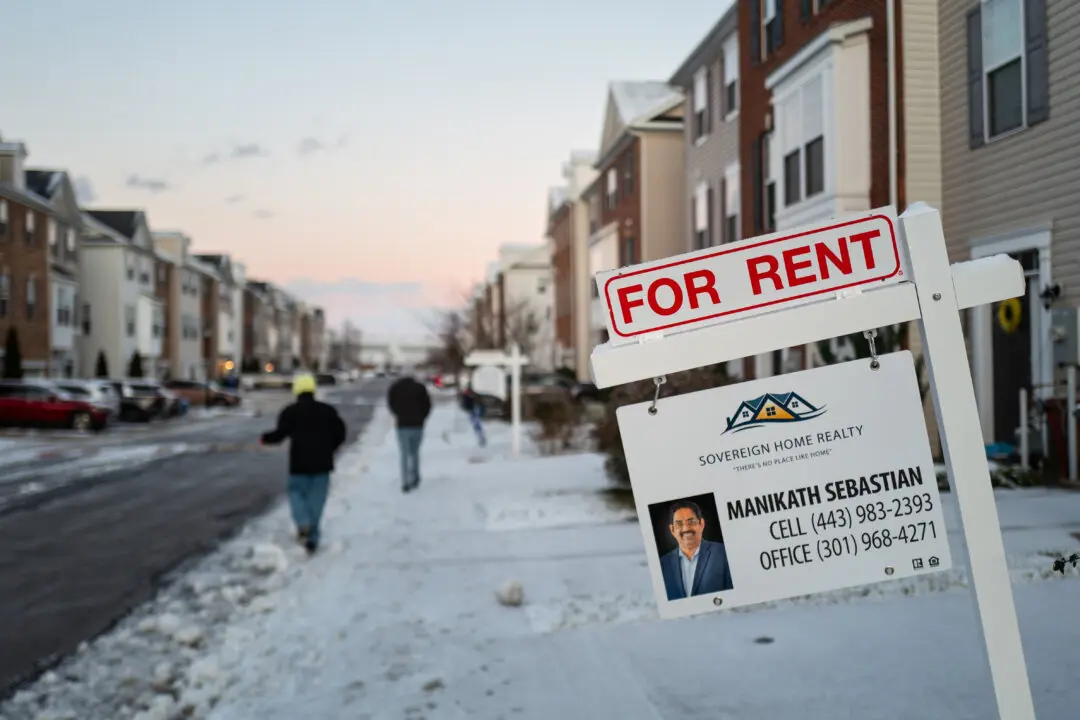Home prices across the United States increased in October 2024, with the cities of New York, Chicago, and Las Vegas seeing the largest price gains, according to financial services company S&P Global.
A leading measure of U.S. residential property prices, the S&P CoreLogic Case-Shiller Index recorded an annual gain of 3.6 percent in October 2024, slightly down from the previous annual gains in 2024, according to a Dec. 31 statement from the company. This was down from 3.9 percent in September. The index measures price changes of single-family homes across nine U.S. Census divisions.





